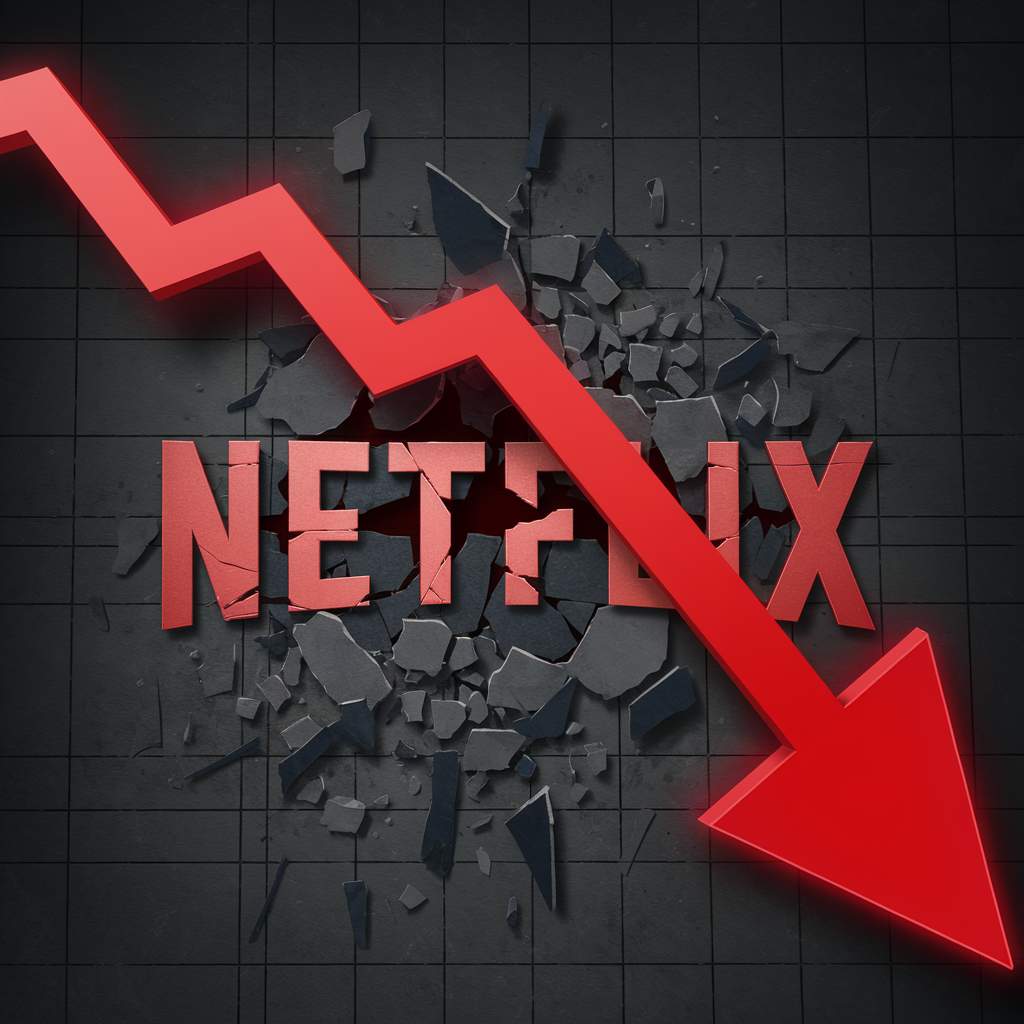Social Security’s annual trust fund report was released yesterday… and, no surprise, the report states very clearly that trust fund balances “are projected to become depleted during 2033.”
Allow me to repeat that: Social Security’s most important trust fund will run out of money in nine years.
This is a fact, not some wild conspiracy theory; remember that the annual report is signed by top government officials including the United States Secretaries of the Treasury, Labor, and Health and Human Services… so the projection is about as official as it can get.
But if you dive into the report, you quickly notice that even such a grim forecast may, in fact, be too optimistic.
Many of the key economic assumptions that they make in the report are wildly inaccurate. They assume, for example, that US fertility rate will be as high as 2.1 (i.e. 2.1 children born per woman). But, in reality, the US fertility rate has been falling for decades, and just hit another all-time low of 1.6 last year.
They’re also way off on other assumptions– like economic productivity. They assume (rather optimistically) that productivity growth will average 2%. Last year it was just 1.3%. And in 2022 productivity actually shrank by 1.9%.
They’re also way off-base in their assumptions about inflation, unemployment, and more.
Plus, just like the Congressional Budget Office’s long-term projections about the US economy, the Social Security trustees don’t account for any kind of future emergency, pandemic, recession, depression, war, financial crisis, or debt crisis.
The really ironic part is that the trustees’ assumptions fail to consider the future economic impact of Social Security going bankrupt.
Think about it– when Social Security’s trust funds suddenly run out of money, it’s going to trigger a major crisis in the United States. Clearly this will be disruptive and throw off their rosy economic assumptions. But they don’t account for this either.
Bottom line, Social Security’s demise is, at best, nine years away. And probably sooner.
So, what will happen when Social Security runs out of money?
Remember that 70 million retirees’ monthly benefits are essentially funded from three different sources.
The first source is payroll tax revenue; people currently in the labor force fork over a portion of their wages to pay Social Security benefits.
For decades, payroll tax revenue exceeded the total benefits that Social Security paid. And this surplus was invested into a special trust fund, which now totals trillions of dollars.
And that’s the second source of funding for the program: investment income from the trust fund, while the third source is the trust fund itself.
Again, for most of Social Security’s history, the trust fund was growing, and its investment income was compounding year after year.
But starting in 2021, Social Security’s annual costs have exceeded combined payroll tax revenue and investment income. So, in order to make ends meet, the program had to start dipping into its trust fund.
The fund’s reserves are now falling. And, again, by 2033, the trust fund will be fully depleted. This also means that there will be no more investment income… leaving payroll tax revenue as the sole source to fund Social Security.
Once this happens, the report states that retirees will have to suffer an immediate, substantial cut (roughly 25%) to their promised benefits. And most likely this cut will continue to become worse over time.
It’s not like there aren’t options to fix Social Security. The government could overhaul the program, raise the retirement age, or start allowing private asset managers to generate higher rates of return for the trust funds (while they still have money).
But everyone in government insists that they are not going to touch Social Security. Joe Biden never misses an opportunity to promise that he will veto any attempt to reform the program.
As a matter of fact, Joe Biden released a statement yesterday (after the trustee report was published) saying– literally in the first sentence– that “Social Security remains strong.”
Come again? What report was this guy reading?
Social Security is, by definition, NOT strong. The trust fund is indisputably going to run out of money in nine years. But this guy is just living on another planet. He refuses to acknowledge reality, he refuses to fix the problem, and he promises to prevent other people from fixing the problem.
Now that’s leadership.
I find it remarkable, though, how many other ‘experts’ are falling in line behind the President.
Even the Wall Street Journal, which is supposed to be a conservative-leaning paper, published an article this morning to say that Social Security’s rapidly depleting trust funds are no big deal… because Congress can always just “choose” to continue funding the program.
Uh… with what money? The budget deficit is already $2 trillion per year. So, if Congress “chooses” to continue paying out 100% of Social Security benefits after 2033, it will all be funded with more debt.
The Journal then suggests that such spending “could also mean the U.S. deficit continues to grow at a pace economists find alarming, potentially weighing on the performance of the economy.”
Could? Potentially? In what reality does multi-trillion-dollar deficit and a fully depleted Social Security trust fund NOT weigh on the US economy?
It’s astonishing how few people want to acknowledge the reality. Social Security will run out of money. Benefits are at risk. And the only way to ‘save’ the program is more debt… which means more inflation, more risk to the dollar’s global reserve status, and more consequences down the road.fmay
That said, Social Security is a perfect example how to think about a Plan B. It is a known and obvious risk: the program will almost certainly run out of money.
But if you know this is going to happen down the road, you can take steps now to secure your retirement– like setting up tax-advantaged retirement accounts to set aside more money in an extremely tax efficient way.
It’s the same with inflation, the national debt, and the dollar; when you can make a very strong case for rising prices and decline in the dollar’s global reserve status in the future, there are ways to mitigate those risks today.
Real assets like gold, energy, uranium, and other critical minerals, plus the companies that produce them, will likely be fantastic investments in a debt-ridden, inflationary environment. And it just so happens that many of them are trading at ridiculously cheap prices right now.
(Subscribers to our premium investment research– check out your most recent edition which features an extremely well-managed, debt-free, highly profitable real asset producer that pays a nearly 9% dividend. Yet its stock sells for a laughably low, single Price/FCF multiple.)
Bottom line, there are completely logical and rational ways to solve these problems and mitigate these risks on your own. Don’t wait for Joe Biden to do it.









